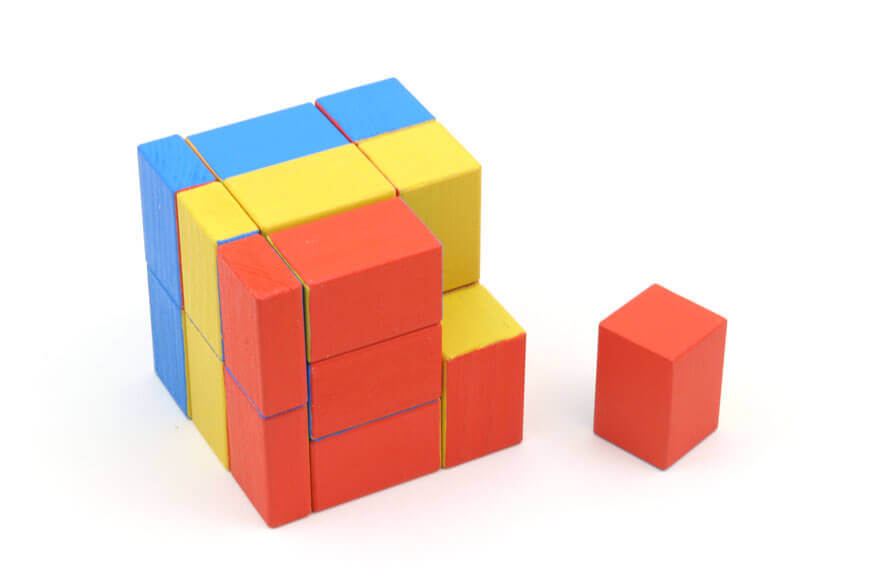For most of us, gone are the days of just having ‘bodies in beds’. There is of course a market for just that, and the hotels that provide that type of experience should be celebrated as successful hoteliers as much as the rest of the market that provide ‘full service’, but the market is changing and we as an industry shouldn’t just change with it but should strive to stay ahead of it.
NB: This is an article by Adrienne Hanna, Founder & CEO at RightRevenue
One way of doing that is to recognise the change in our customers behaviour and that means understanding that our guests now want an in-stay experience. What does this translate to? Well it translates to a) knowing your market b) providing the type of experience your guests want and c) pricing and marketing correctly. So what does all this equal – packages…
Packages after all should be a win/win for everyone. They allow you to tailor-make experiences that suit your guests needs and they of course provide much needed incremental spend for you.
So what makes a good package?
First of all, ask yourself, what is your current market segmentation? What do those guests want to do when they come to your area? How do you make a package attractive?
You need to absolutely understand who your guests are, not a guess, but actually understand who they are. For that you need to turn to data. What age demographics? Are they mainly male or female? Family? Couples or friends? Over 55? Active? Want a relaxing break? One night or two? Long lead time or short?
You can find all of this out by looking at past guest history. Understand your customer demographics and for goodness sake, don’t try and be all things to all people.
Get your thinking cap on and come up with some ideas:
- afternoon tea inclusive breaks
- bike hire or any outdoor activity
- walking maps
- spa treatments
- golf inclusive breaks
- entrance to local attractions
- picnic inclusive breaks
- cocktail making breaks
- gin tutorials
- ditch the afternoon tea and serve prosecco and charcuterie
- gift vouchers for local shops
- personal shopping breaks
- dinner inclusive breaks
- family friendly menus
- cookies and milk for the kids
- turndown service
- breakfast bag to go
- early check-in or late check-out
(just some ideas)
The cardinal sin of package promotion
Is… throwing anything up on your site just to tick a box and say that it is ‘done’. I have met dozens of hoteliers who feel they need packages online; throw a dinner B&B rate onsite and then move on to something else, as that ‘I’ve got a package to sell’ box is well and truly ticked. It isn’t! Ask yourself, what kind of guest do you have? Is this the type of guest you want? Whatever the answer, tailor-make your offering to suit your desired segmentation.
And the opposite of this is having too many packages online. Again many hoteliers feel that they have to be ‘all-things-to-all-people’ and have couples breaks; family breaks; over 55 breaks; relaxing breaks; activity breaks; hen and stag packages – basically everything! What does this do? Well first of all it confuses your customer. Give them too many things to choose from and they will choose nothing. They get overwhelmed or frankly just bored of reading through reams and reams of text.
The other thing that it does is confuse your guests. Are you family-friendly (and I mean really family-friendly) or are you a romantic retreat? You can’t be both. Are the perfect place for the active 55+ market or will they be bombarded with hen and stags?
Decide who you are, who your guests are and then add 5 or 6 packages max. Try them for at lest 3 months and if they don’t work then fail fast and try something new.
Now what about the price?
We all have a price point and for hotel guests that is based on perception of your product or your offering or what they have paid before (and that can be in your hotel or one of your competitors). So how do you get it right? Again I would suggest that you look at other packages and understand what generates sales and when the price point is pushed too high.
The goal of course is to make profit but the price point needs to be clever… rooms division are usually called upon to take a hit on rate but make sure other departments also contribute their fair share. And don’t forget that you need to factor in the cost of sale (ie the cost of having a room occupied so you know the least you can accept as a room cost) and also the cost of acquisition (we will discuss further in the next blog). But the bottom line is that you need to understand your costs, before you understand your profitability.







